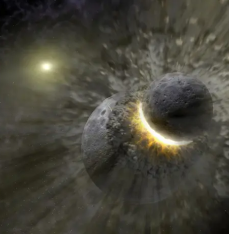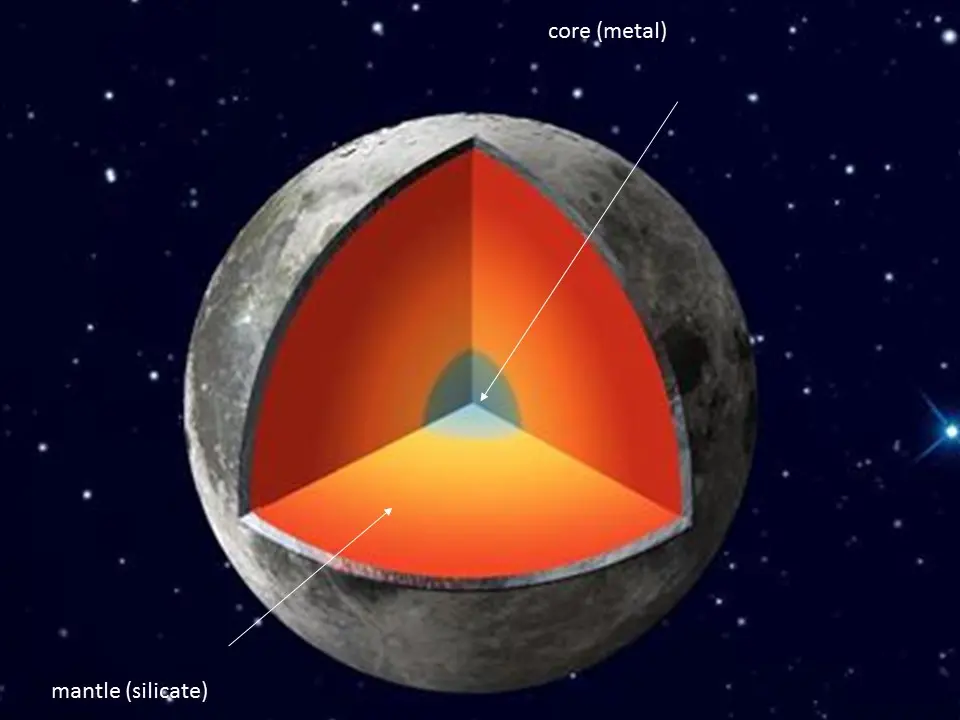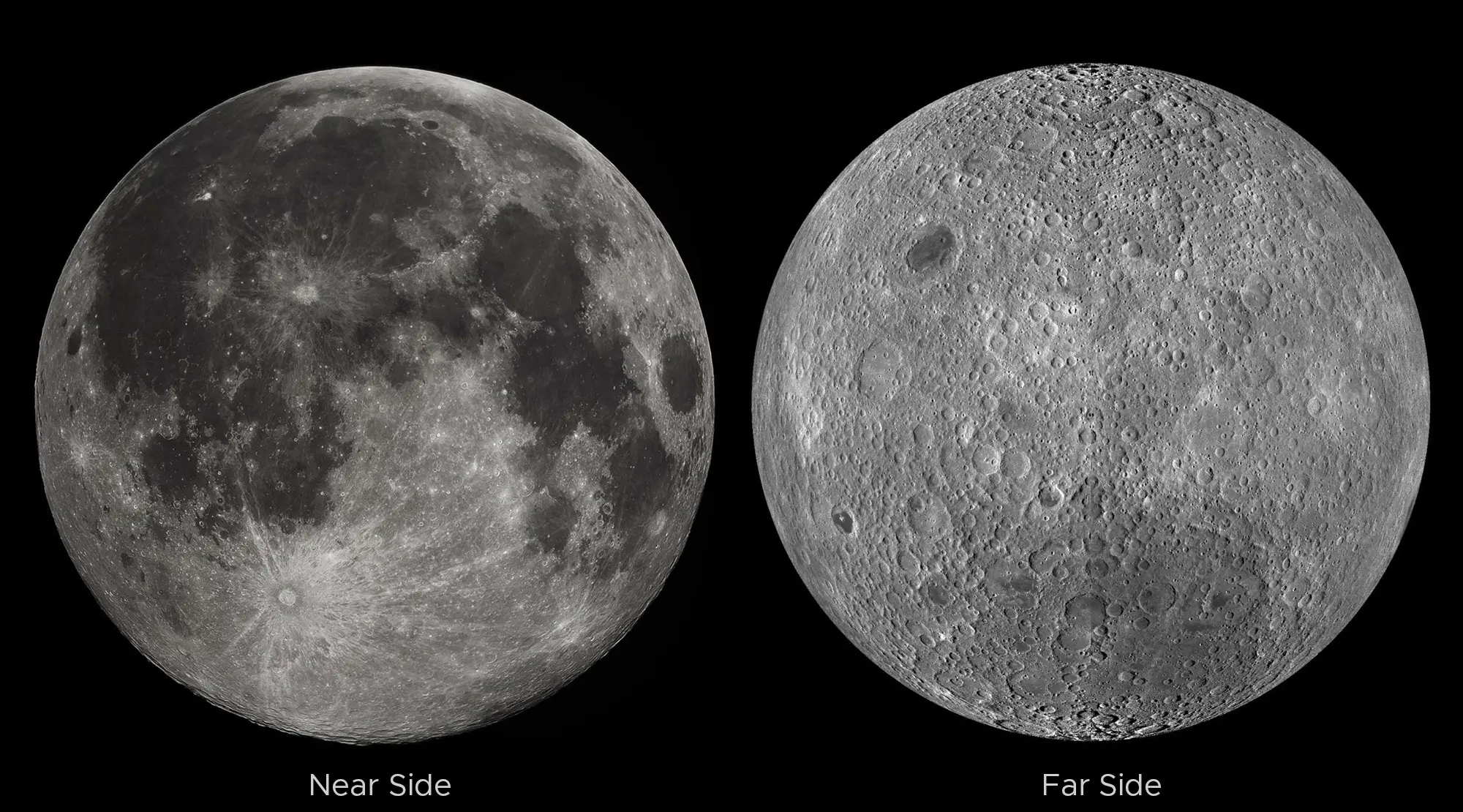If you want to learn about the moon formation, moon phases or about the different types of eclipses, then check this page.

Earth’s Moon was born out of destruction. Several theories about our Moon’s formation vie for dominance, but almost all share that point in common: near the time of the solar system’s formation, about 4.5 billion years ago, something ― perhaps a single object the size of Mars, perhaps a series of objects ― crashed into the young Earth and flung enough molten and vaporized debris into space to create the Moon.
Though Earth and Moon both came from that ancient collision ― and Earth is certainly within easier reach ― studying the Moon gives us our best chance of understanding what happened all those billions of years ago. Earth’s active geological processes, from plate tectonics to erosion, erase the evidence of formation. Aside from events like impacts, much of the Moon’s surface changes on a vastly slower timescale. Like detectives at a crime scene, scientists use clues preserved on the lunar surface to piece together the Moon’s history. Any improvements to the giant impact theory or a new theory would need to explain what we observe of the Moon today.
One of the oddities is the Moon’s low iron content as compared with Earth’s. Earth’s iron-rich core accounts for around 30 percent of its mass, but the core of the Moon is only about 1.6-1.8 percent of its total mass. One possible explanation is that the energy of the impact with Earth that formed the Moon vaporized lighter materials, casting them into space, and left behind heavier elements ― such as iron, which vaporizes only at extremely high temperatures ― to sink into Earth’s core.Any viable theory of lunar formation also has to explain where the Moon is now in relation to Earth and the speed and inclination of its orbit. Surface reflectors placed on the Moon during Apollo show that the Moon moves away from Earth at the rate of about an inch and a half per year.

This indicates that the Moon initially formed much closer to our planet, and, therefore, that the early Earth’s spin rate was much higher than it is today. Computer models created by scientists to test and analyze Moon formation theories must show how a massive collision can produce the existing orbits and rotation of Moon and Earth over billions of years when paired with the typical gravitational interactions between the two bodies. (Even today, the distance between the Earth and Moon, and the length of a day on Earth, continues to grow due to the effects of Earth’s tides.)

Finally, strange discrepancies exist between the Moon’s near and far sides. Differences include: the thickness of the crust ― 43 miles (70 kilometers) on the Moon's near-side versus 93 miles (150 kilometers) on the far side; the contrasting geological makeup, including a concentration of radioactive elements on the near side; and the rich history of volcanism on the near side compared with a relative lack of volcanic activity on the far side. How closely these differences are related to the Moon’s formation ― how it cooled, how its volcanic activity took place, and the manner in which it has been bombarded by objects from space ― is a question scientists continue to wrestle with today.